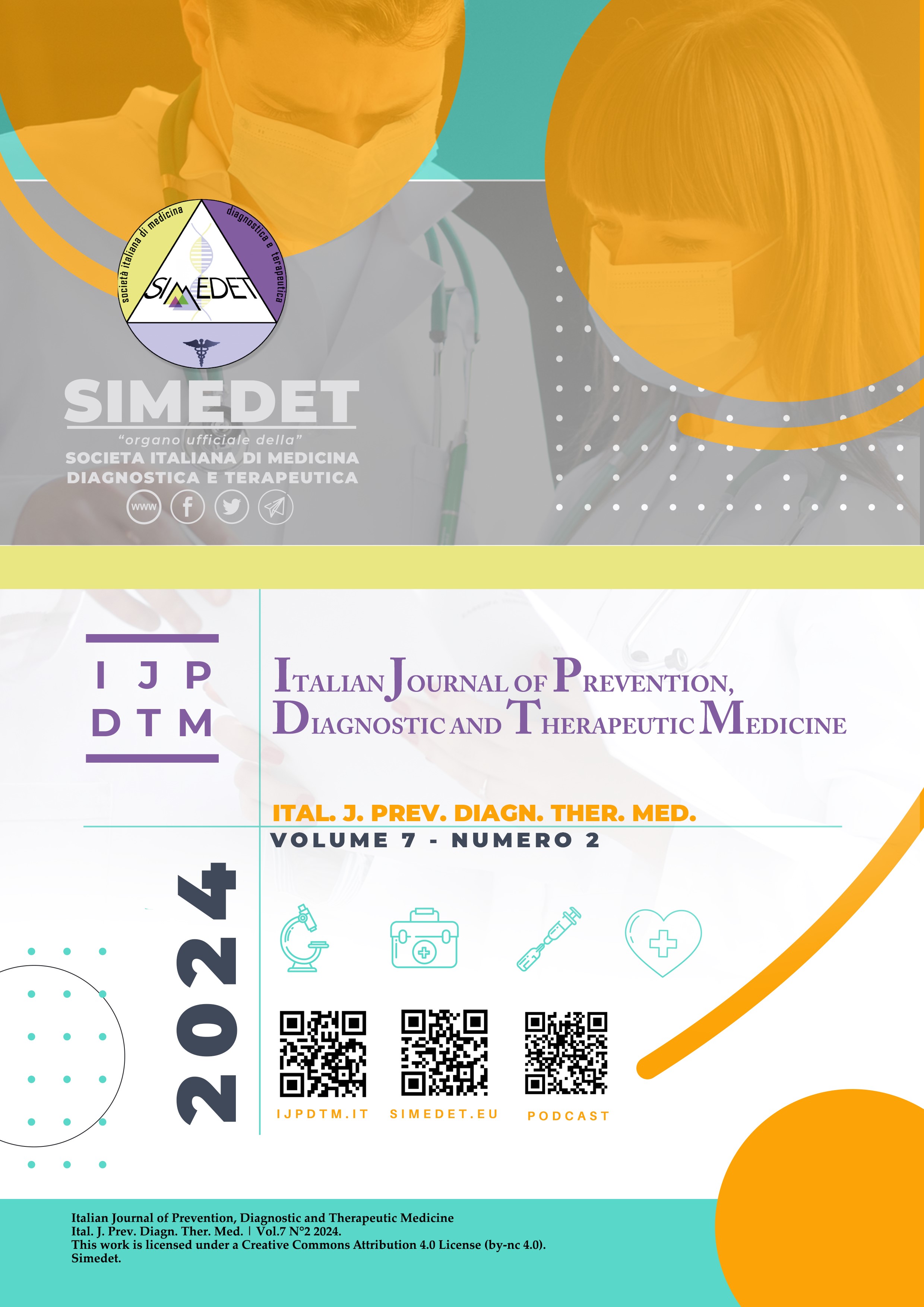Vitiligo clinical, diagnostic and therapeutic aspects
Main Article Content
Abstract
Vitiligo is a common depigmenting skin disorder, characterized by the selective loss of melanocytes which results in typical non-scaly, white macules.
Its pathogenesis is still not completely understood, but vitiligo is now considered as an autoimmune skin disease. Indeed, vitiligo could be associated with other autoimmune diseases, including pernicious anemia and alopecia areata.
Clinically, two major forms of vitiligo have been described, namely segmental vitiligo and non-segmental vitiligo, which include several subtypes.
The diagnosis relies on the typical clinical features of the disease, but laboratory controls can be necessary to rule out association with other autoimmune diseases.
The mainstay of vitiligo therapy are topical therapy with corticosteroids and calcineurin inhibitors, while systemic therapies are rarely used.
Downloads
Article Details

This work is licensed under a Creative Commons Attribution-NonCommercial 4.0 International License.
References
Bergqvist C, Ezzedine K. Vitiligo: a review. Dermatology. 2020;236(6):571-592.
Iannella G, Greco A, Didona D et al. Vitiligo: pathogenesis, clinical variants, and treatment approaches. Autoimmun Rev. 2016 Apr;15(4):335-43.
Ujiie H, Rosmarin D, Schön MP et al. Unmet medical needs in chronic, non-communicable inflammatory skin diseases. Front Med (Lausanne). 2022 Jun 9;9:875492.
Qi F, Liu F, Gao L. Janus kinase inhibitors in the treatment of vitiligo: a review. Front Immunol. 2021 Nov 18;12:790125.

